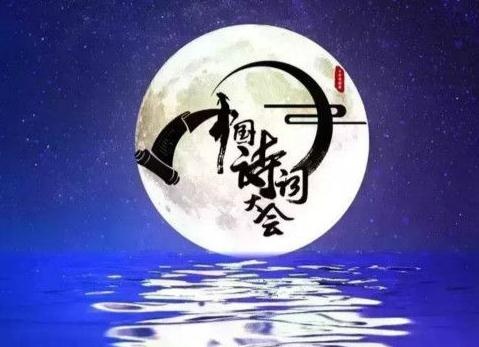
Chinese Poetry Conference
The Chinese Poetry Conference, which just ended during the Qingming holiday, has attracted the attention of many friends.
Watching players from all walks of life answer questions, listening to teachers’ poems and allusions, and the exciting "flying flower order" have made many viewers not only raise their posture, but also summon their inner "poetic feelings" and begin to pay attention to classical poetry.
Art is often interlinked. Poetry is written, but it can also be music, painting or images.
Perhaps it is the lonely fishing in the empty silence of "a little boat, a bamboo cloak, an old man fishing in the cold river-snow", perhaps it is the hard persuasion under the euphemistic tone of "flowers can be folded straight, so don’t wait for no flowers to be folded", or perhaps it is "clouds want clothes and flowers to make them look beautiful, and spring breeze blows the sill to show exuberance" that Li Bai praised Yang Guifei in a half-drunk and half-awake state.
The implication and gracefulness of "poetry" or "the shadow carries feelings" in the film, or a reproduction of China’s classical picture scroll-like charm scene, or a logical narrative of poetry, which is vague, hazy and has a unique charm.
A poetic screen picture
"There are paintings in poetry and poems in paintings" is a realm of poetry. Poetic movies are the natural fusion of poetry and pictures.
Mr. Zong Baihua mentioned in Aesthetic Walking that "the positive function of the form of beauty is organization, assembly and configuration, in a word, composition. So that the solitude of the scene can be woven into a realm of internal self-sufficiency, and there is no need to stay outside and become a small universe with full meaning, which reveals the deeper truth of the universe life. "
Based on the composition of China’s paintings as an aesthetic foundation, we can see that in the poetic films, the long scrolls of images that are shaken and unfolded by the long lens dissolve the subjective cutting of montage, which makes the films have a vivid and distant artistic conception.
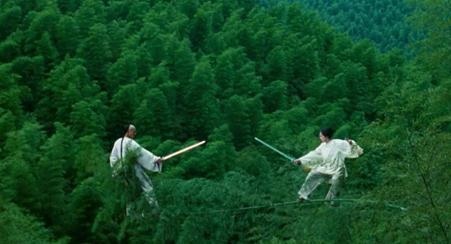
Just like the bamboo sea in Crouching Tiger, Hidden Dragon, it is different from Hu Jinquan’s backbone and Tsui Hark’s romance. What Ang Lee brings us is a poetic interpretation of oriental aesthetics.
In the dense and rich bamboo forest, the camera moves with the figure of two elegant chivalrous men. Sometimes it’s their feet that step on the tender bamboo branches and display their posture at will, and sometimes it’s their swords that are in a calm position when they fly, and sometimes the shadow of bamboo leaves and long hair with the wind float on the hero’s close-up face, as if they are perfectly integrated with this huge bamboo forest, which is natural and unrestrained and free.
We got great audio-visual pleasure in the process of enjoying Crouching Tiger, Hidden Dragon, and at the same time we seem to be able to touch the true texture of oriental culture.
The use of the long lens recorded the real Yellow Land, Yellow Land and Yellow River, which appeared on the screen with a strong posture and acted as the protagonist of the narrative. And the shaping of their plump images is accomplished by panoramic lens.
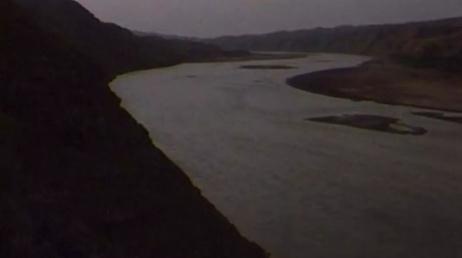
Under this kind of lens, the image of the yellow land is desolate and heavy, the sky only occupies a small proportion, and the characters appear in a smaller posture. What people see from this static state is an ancient tradition of a nation, and it is also an unchangeable strength and solemnity.
This solidified visual feeling has become the lens language of the logo of Yellow Land. What the audience feels is a breath, an atmosphere, a concern and examination of ancient land and ancient culture.
At that time, Xiaogang Feng, who studied fine arts, wanted to restore the aristocratic style of ancient China with a classical attitude. He believes that "the real aristocratic style is not the kind of luxury, but rather restrained and restrained, because the nobility is not unassuming", so there is the "Night Banquet".
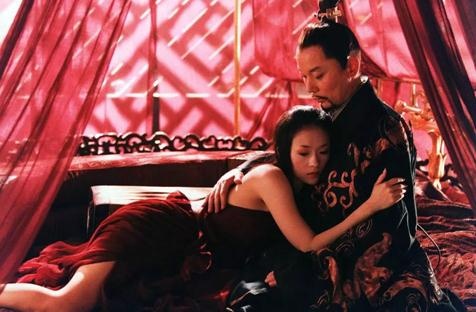
The fifth-generation directors seem to like to speak with colors, such as red in The Red Lantern Hanging High, white in The Promise, yellow in The Golden Flower in The City, and colorful in The Legend of the Demon Cat. Xiaogang Feng is no exception, "The Banquet" can be described as a great effort in audio and video.
The main color of the film is black, which also implies that the tone of the main theme of the film is as turbulent as the dark tide.
At the same time, the film is mixed with white, dark red and black contrast. It depresses the atmosphere of the whole film and reflects the melancholy of the characters.
Each character also has a different color theme. Zhang Ziyi’s red is power and desire, Ge You’s black is authority and loneliness, and Zhou Xun’s green is like a clear water, conveying her persistence in love.
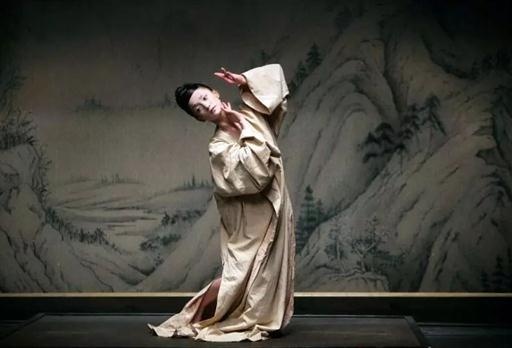
The decoration in the film is also very humane and elegant, and the scene of Zhou Xun’s dancing is very smart by using traditional ink painting.
Poetic and warm humanistic romance
The fourth generation directors in China are called "poetic realism" generation. They focus on writing the beautiful feelings of all ordinary people with simple relationships and subtle and graceful film styles.
Moreover, their films are like prose poems, giving people a sense of eloquence.
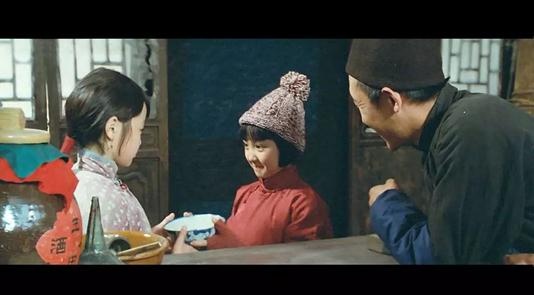
Just like "Old Things in the South of the City" directed by Wu Yigong, several pieces of scattered past events make up a reminiscence of lost childhood. Whether it is the quaint city walls or narrow hutongs, the cicada singing in the afternoon or the peddler’s hawking, it shows the beautiful childhood in Eiko’s memory in the dull, detailed and unforgettable trivial life.
Not only the fourth-generation directors, but also other films full of humanistic poetry, mostly express all sentient beings from a small perspective and paint the reality with poetic meaning.
Just like in My Father and Mother, Zhao Di, an 18-year-old, fell in love with the teacher at first sight. Every time Zhao Di went near to fetch water, she just wanted to see him more. After school, she always watched him on the hill and looked forward to cooking for him. Finally, their relationship seemed to break through the window paper, but he was taken away. Her bowl full of jiaozi broke on the chasing mountain road.
The simple story, Zhang Yimou also conveyed to the audience in a plain way.
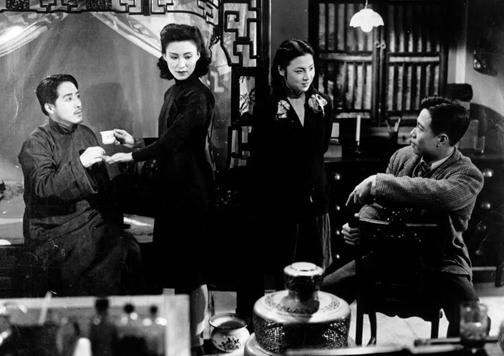
Another example is the narrative clue of Spring in a Small Town, which is completely dominated by the mood and the emotional ups and downs of the heroine Zhou Yuwen.
For example, in Warm, the reality and the past intersect, and the narrative originates from Jinghe’s memory and the director’s expression of the work.
You don’t have to follow the mode of drama story, but take emotion as the leading factor. With the narrative needs of the director, you can tell the beautiful fables of ancient China by prose poetry.
Vague and vague poetic narrative
Soviet director andrei tarkovsky said: "The reasoning process of poetry is closer to the development law of thought and life itself than traditional drama." What he is talking about is the way of thinking of poetry. Traditional drama reasoning is going to be stable and solidified, while poetry is just the opposite.
In movies, it is to break the habitual structure of signifier and signified of language symbols and image symbols, as well as the continuous and holistic space-time structure. "Beyond the limitations of coherent logic, it conveys the high complexity and truth of the deep phenomenon and intangible connection of life."
Professor Yang Li of Peking University said: "Bi Gan pulled China’s film from Italian neo-realism to French film Last Year in Marion Bade." It refers to the breakthrough made by director Bi Gan in China’s film space and time consciousness.
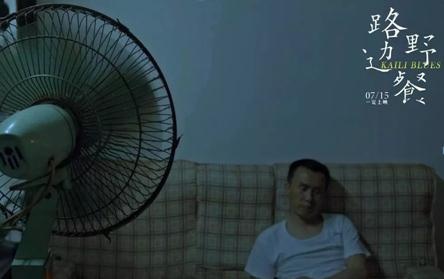
In "Picnic by the Road", the past is recalled by the present as the fulcrum, and there is no pure present, only the ups and downs different from the past time.
At the beginning of the film, Bobby Chen, the hero, went to Xiao Weiwei. At the moment when he was about to close the door, the scene of him and his ex-wife in the ballroom appeared in the depths of the room that used to be his wedding room. After Bobby Chen decided to go to Zhenyuan to find Xiao Weiwei and the old doctor’s lover, Bobby Chen was released from prison. He missed his ex-wife in the pump mine pool and Bobby Chen’s conversation with his brother on his way home. After that, it is "now".
That famous long shot is a Tarkovsky-style "time synthesis" paragraph — — Every moment is the coexistence of past, present and future. In those more than forty minutes, Bobby Chen met his wife in the past and Wei Wei in the future. This documentary physical feature film contains Bi Gan’s creation and fiction of time.
As the protagonist Bobby Chen said when he left Zhenyuan, "It’s like a dream."
In the Mood for Love, on the other hand, is a narrative text with a "double structure" and is considered as an "anti-narrative" film.
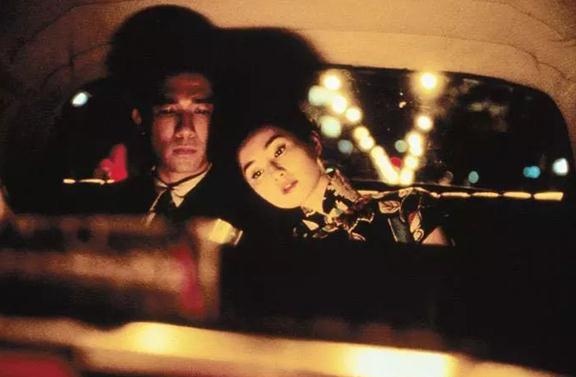
The film tells the story of two victims of extramarital love. In his text, narration is only a verbal action, and it is no longer a simple representation of history and reality. The ingenious narrative of the film lies in the fact that the stories of four people are only interpreted by two people, and their respective partners are hidden and absent.
This highly simplified "double-layer structure" actually expands the plot capacity and enhances the tension of the emotional conflict of the people in the play, which is embodied in three unique "plays in the play", and these three plays just constitute the narrative structure of traditional films on extramarital affairs.
The film omits some transitional plots as much as possible, and only uses these three "plays in the play" to perfectly show an extramarital love story. This simplification of the plot makes the effect of "blank space" appear again, leaving the audience with unlimited imagination.
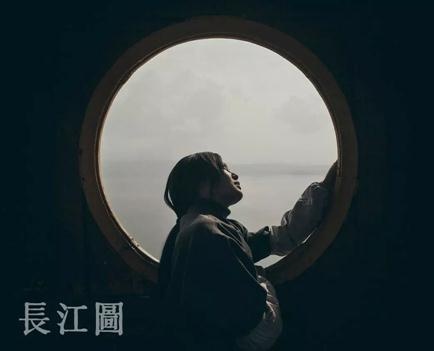
There is also a long shot in the Yangtze River Map, which is also the creation and fiction of time under real physical conditions.
In the film, the hero falls in love with a girl who is in the "reverse current" with him while sailing against the current. In the physical journey against the current, there are two parallel but opposite time tracks: in the same space, there are two times, namely, the man’s present and the woman’s "past present".
They have different time and space, but they have a common memory, which is about last year’s meeting and agreement.
Excellent film works come not only from skillful film skills, but also from the inner poetry of the creators. Because a poetic filmmaker is a poet who records his life with light and shadow. But no matter who you are and where you are, you can be at home in the distance if you have poetry in your heart.
Then tonight, let the movie read poems for you.
关于作者